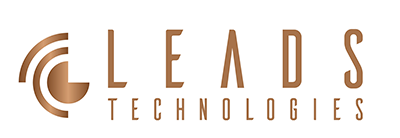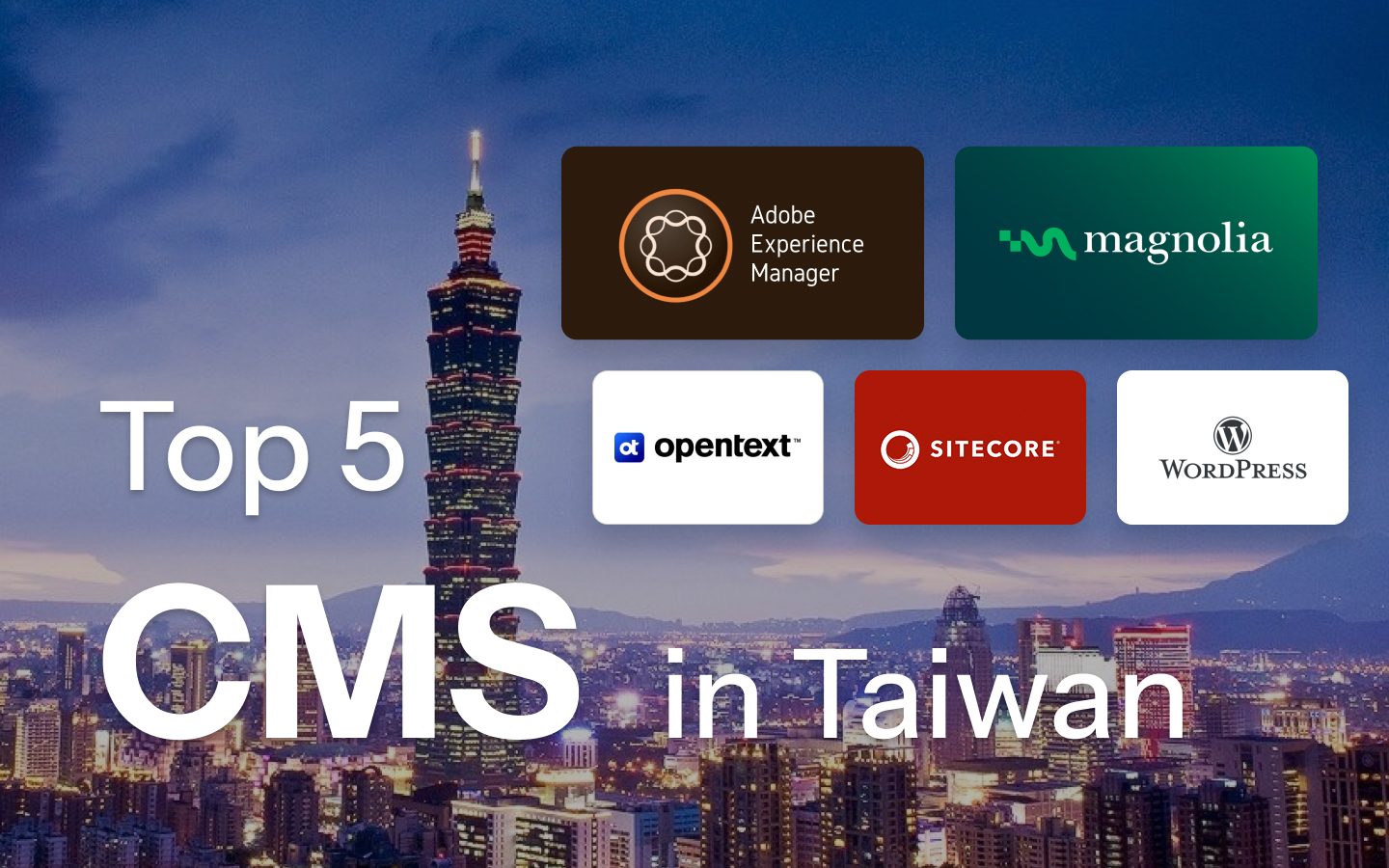
Top 5 Most Popular CMS Platforms Among Taiwanese Enterprises in 2025: Which One Reigns Supreme?
Content Management System (CMS)
12 March 2025
Table of Contents
- 1. Introduction: Why Do Enterprises Need a CMS?
- 2. CMS Selection Criteria: What Key Factors Should Enterprises Consider?
- 3. Top 5 Most Popular CMS Platforms Among Taiwanese Enterprises in 2025
- 4. How Should Enterprises Choose the Most Suitable CMS?
- 5. CMS Trends and Outlook for 2025
- 6. Conclusion and Recommendations
1. Introduction: Why Do Enterprises Need a CMS?
In the era of digital transformation, online content management and digital experiences are critical for enterprises. Whether it’s a corporate website, e-commerce platform, or internal system, businesses need an efficient Content Management System (CMS) to ensure content consistency, manageability, and optimized experiences. A CMS not only improves content management efficiency but also supports SEO optimization, enhances brand image, and delivers personalized user experiences.
By 2025, selecting the right CMS is not just a content management requirement—it’s a key strategy for enhancing competitiveness and driving business growth. In the following sections, we will explore the key factors enterprises should consider when choosing a CMS and review the top 5 most popular CMS platforms among Taiwanese enterprises in 2025 to help businesses find the best-fit solution.
2. CMS Selection Criteria: What Key Factors Should Enterprises Consider?
Choosing the right Content Management System (CMS) is vital for a company’s digital operations. Here are the key factors enterprises should consider when selecting a CMS:

Ease of Use
Ensure the CMS has a user-friendly interface that allows non-technical staff to get started easily, reducing training costs and boosting productivity.

Scalability
Choose a CMS that can flexibly support future business growth, such as capabilities for multilingual support, multiple websites, or various business modules, ensuring the system can scale as the company develops.
Integration Capability
Ensure the CMS seamlessly integrates with existing business systems such as CRM, ERP, and digital marketing tools, enabling data synchronization and process automation to enhance overall operational efficiency.
Security
Choose a CMS that offers data encryption, user permission management, and backup mechanisms to protect the website and data, preventing potential security threats.

Budget
Evaluate the total cost of ownership of the CMS, including initial purchase costs and ongoing maintenance expenses, to ensure it aligns with the company's financial budget.

Technical Architecture
Verify if the CMS supports the company's existing technical environment, such as Java, PHP, or .NET, to avoid integration issues caused by technical incompatibility.

Multi-Site and Multi-Language Support
Ensure the CMS can efficiently manage website content across different countries or regions, making it suitable for businesses with global operations.
Deployment Model
Choose between cloud, on-premise, or hybrid deployment based on requirements, balancing flexibility and control to meet the specific needs of the business.

Performance
For businesses with a global reach, choose a CMS platform that supports a global Content Delivery Network (CDN) to ensure users everywhere have a fast and seamless access experience.
By considering the factors mentioned above, enterprises can choose the CMS that best fits their needs, improving content management efficiency and driving digital transformation.
3. Top 5 Most Popular CMS Platforms Among Taiwanese Enterprises in 2025
Based on market trends and enterprise needs, we have compiled a list of the top 5 most popular CMS platforms among Taiwanese enterprises in 2025. From enterprise-level CMS to open-source solutions, let’s see which one best suits your business needs.
5th Place: WordPress Enterprise – Flexible and Easy-to-Use Enterprise WordPress

Target Audience:
Small and medium-sized businesses, content websites
Advantages:
WordPress is the most popular CMS, with a large community and plugin ecosystem. The enterprise version, WordPress VIP, offers better performance and security for businesses needing more features.
Disadvantages:
4th Place: OpenText – A Veteran Leader in Enterprise-Grade Content Management
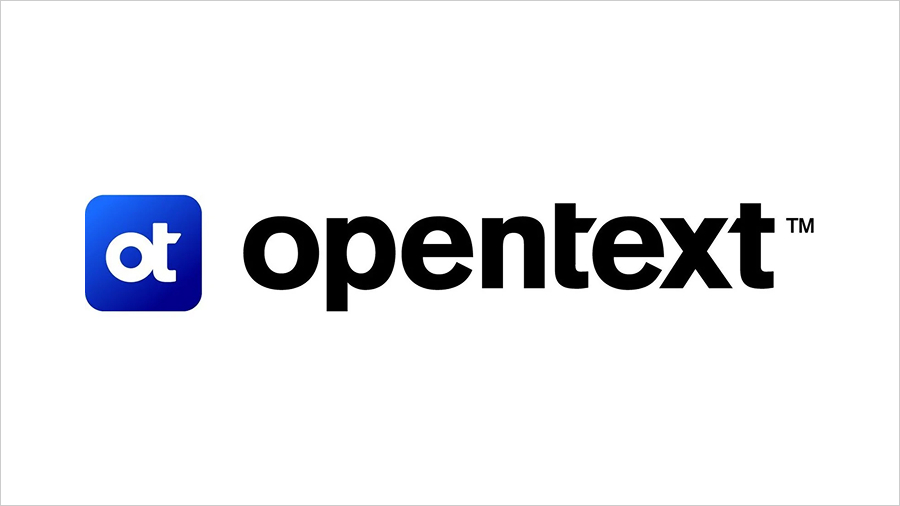
Target Audience: Large enterprises, government agencies
Advantages:
OpenText is a secure, enterprise-level CMS with AI and data management features for smart content handling.
- Strong security, ideal for regulated industries
- Integrates with SAP, Oracle for large data management
- AI-powered content categorization
Disadvantages:
- High cost, suited for large enterprises/government
- Complex interface, needs a technical team
3rd Place: Sitecore – A Leader in Digital Experience Platforms (DXP)

Target Audience: Medium to large enterprises, brands focused on personalized marketing
Advantages:
Sitecore is a powerful Digital Experience Platform (DXP) that integrates personalized marketing, customer data analysis, and automation features.
- AI-driven content recommendations based on user behavior
- Deep integration with Microsoft Azure for cloud deployment
- Strong marketing automation and data management
Disadvantages:
- High cost, suited for businesses with a large budget
- Requires a professional technical team
2nd Place: Magnolia – A Highly Flexible Microservices CMS
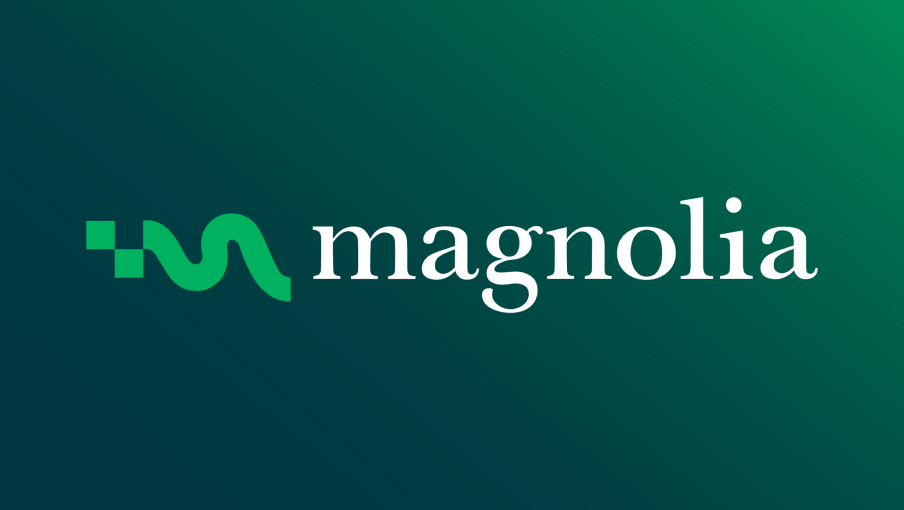
Target Audience: Flexible enterprises, companies needing multi-site management
Advantages:
Magnolia is an API-first, modular CMS ideal for headless apps and integrates easily with third-party tools.
- API-first, manages content across platforms
- Easy for non-technical users
- Scalable with customizable modules
- Supports multi-site and multilingual management
- Affordable for enterprises with limited budgets
Disadvantages:
- Smaller community, fewer support resources
- Needs a technical team for advanced features
1st Place: Adobe Experience Manager (AEM) – The Ultimate Enterprise CMS Choice
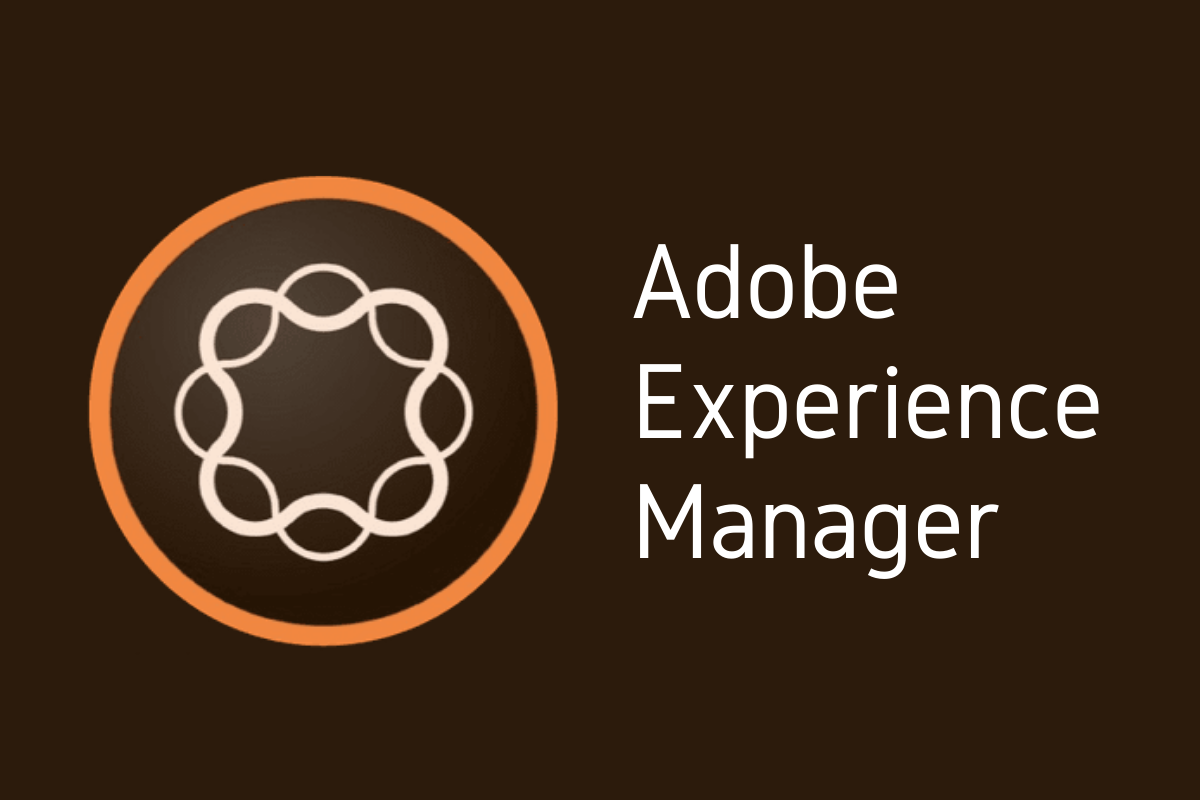
Target Audience: Enterprise brands, medium to large-sized or multinational enterprises
Advantages:
Adobe Experience Manager (AEM) is a comprehensive CMS with AI and content automation, integrated with Adobe Experience Cloud.
- Drag-and-drop interface for non-technical users
- Integrates with Adobe Experience Cloud
- AI-powered personalized content
- Supports multilingual and multi-site management
- Enterprise security (GDPR, CCPA compliant)
- Integrates with CRM, ERP, and marketing tools
- Cloud version offers scalability and high availability
- Built-in CDN for global delivery
Disadvantages:
- High cost, suitable for businesses with larger budgets
- Requires a technical team for deployment and maintenance
4. How Should Enterprises Choose the Most Suitable CMS?
Choosing a CMS requires considering the business needs, technical capabilities, and long-term development strategies of the enterprise. Here are several key factors to consider:
1. Define Requirements and Goals
Businesses should determine whether they need multi-language support, multi-site management, personalized content recommendations, and integration capabilities with marketing tools, CRM, and ERP systems, ensuring the CMS can support both current and future business expansion.
2. Usability and Ease of Use
Non-Technical Team-Led: Choose a simple and user-friendly CMS (e.g., WordPress Enterprise or Magnolia).
Technical Team-Led: Opt for a highly customizable CMS (e.g., AEM or Sitecore).
3. Scalability and Integration Capability
Businesses should ensure the CMS can seamlessly integrate with marketing tools, e-commerce platforms, and data analytics systems. AEM and Sitecore offer robust integration features, while Magnolia is ideal for an API-first headless CMS architecture.
4. Security and Compliance Standards
For industries with high security requirements, such as finance and government, choose enterprise-level CMS solutions like OpenText or AEM, which offer data encryption, access control, and compliance certifications.
5. Deployment Options and IT Architecture
Cloud-Based CMS: Ideal for reducing IT costs, such as AEM Cloud Service and Magnolia Cloud.
On-Premise Deployment: Suitable for businesses prioritizing data security, such as OpenText.
Hybrid CMS: Balances flexibility and security.
6. Cost and Long-Term Investment
Businesses should evaluate the licensing fees, maintenance costs, and development expenses of the CMS to ensure it fits within the budget. For example, WordPress Enterprise is cost-effective, while AEM is more suitable for large enterprises with a higher budget.
7. Community Support and Technical Assistance
WordPress Enterprise: The largest global developer community with abundant technical resources.
AEM and Sitecore: Offer enterprise-level technical support, ideal for businesses that require professional assistance.
Magnolia: Has a smaller technical community but offers flexibility and customization advantages.
8. Conduct Trials and Testing
Businesses should use trial versions to test the CMS's features, scalability, and ease of use to ensure it meets their needs. For example, AEM and Sitecore offer demo versions, while Magnolia provides free trials.
5. CMS Trends and Future Outlook for 2025
The future development trends of CMS will revolve around the following points:
Headless CMS Becomes Mainstream
Traditional CMS is limited by its front-end architecture, while Headless CMS, with an API-first design, allows content to be flexibly distributed across multiple platforms such as websites, apps, and IoT devices. Solutions like Magnolia will continue to receive attention.
AI-Driven Personalized Content
AI can automatically recommend content based on user behavior, enhancing conversion rates. For example, AEM integrates Adobe Sensei AI, which dynamically adjusts content to improve the user experience.
Data Integration and CDP (Customer Data Platform) Integration
CMS is increasingly integrating with CDPs, CRMs, and marketing automation tools, enabling businesses to analyze user behavior accurately and improve marketing effectiveness. For example, Sitecore offers powerful data analytics capabilities.
Cloud CMS Becomes the Preferred Choice
Businesses are increasingly favoring flexible, low-maintenance Cloud CMS solutions, such as AEM Cloud Service and Magnolia Cloud, which offer real-time updates and automatic scaling capabilities.
Content as a Service (CaaS) Model Emerges
In the future, CMS will not only manage website content but also provide applications for voice assistants, VR, e-commerce, and other scenarios, enhancing content utilization.
Deep Integration of CMS with SEO and Marketing Automation
Businesses are placing more emphasis on SEO optimization, A/B testing, and data analytics. For example, WordPress Enterprise has built-in SEO tools, while Sitecore can automatically adjust SEO strategies.
6. Conclusion and Recommendations
When choosing a CMS, businesses should comprehensively consider their needs, budget, and scalability to ensure the CMS meets future digital development requirements.
For small and medium-sized enterprises, WordPress remains the most flexible option; for large enterprises and brands, Adobe Experience Manager (AEM) is undoubtedly the most comprehensive solution on the market.
If you would like to learn more about how to choose the best CMS or seek professional digital transformation solutions, feel free to contact Leads Technologies, and we will help your business find the most suitable CMS platform.
